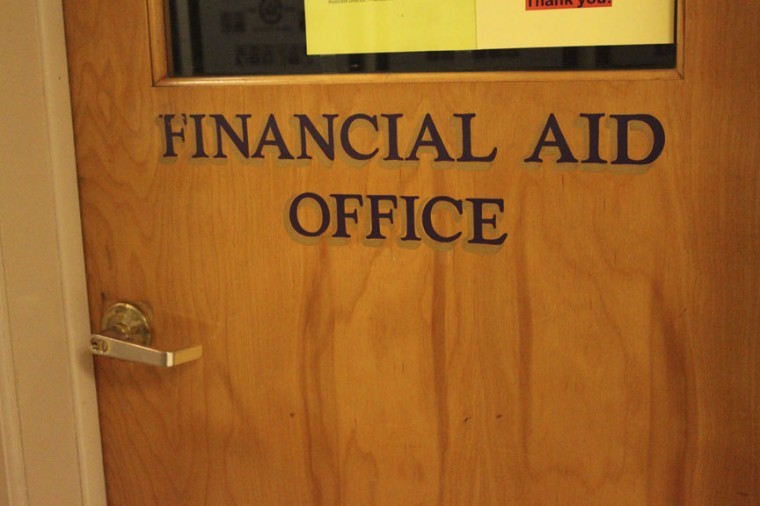Rising tuition keeps students down
September 29, 2011
Over the past few years, Ashland University’s tuition has steadily risen and students are constantly looking for scholarships and grants to help them afford their schooling. But recently, grants and scholarships have been hard to come by and some have actually been removed, leaving some students feeling hopeless.
While incoming freshmen are accustomed to the $27,654 they are paying for the 2011-2012 school year, older students will recall much lower numbers over the past years. Tuition for the 2010-2011 school year was $26,566; the 2009-2010 year before that: $24,828. And for the senior class, their freshmen year tuition was $23,550.
The rising tuition leaves students looking for extra money from year to year or just adding it on to loans which they will be forced to pay after. Senior Michael Cook is just one of multiple students affected.
“These tuition hikes are pretty unsatisfying,” Cook said. “The only difference between another year at Ashland and a nice new car is that I can’t sleep in a college degree after I graduate and it probably won’t be as impressive.”
Recently, Ashland students have lost grants helping them afford their education. While Ashland often has a target painted on its back, Steve Howell, director of financial aid, pointed out the lost grants and scholarships aren’t coming from Ashland.
“The grants being cut are primarily at the state level and some at the federal level,” Howell said. “In the last two to four years, our students have lost 67 percent of their grant funding from the state of Ohio.”
Some of the grants lost or reduced include the Ohio Choice Grant, which was valued at up to $1,100, the Ohio College Opportunity Grant, the Academic Competitiveness Grant and the Smart Grant. With the loss or reduction of these grants, Howell doesn’t foresee any additional funding to replace the past grants.
“[I’m] not really aware of any initiatives of the state or federal levels that are going to add additional grant dollars to the near future,” he said.
Incoming freshmen for the 2013-2014 school year will have an added bonus that current students will miss out on: increased base merit awards. President’s, Provost’s and Director’s Scholarships will be raised for the incoming class. Jim Huang, a junior computer science major disagrees with the changes that can be found under the “Future Students” tab on Ashland’s website.
“If tuition increases, aid should increase for current students too, not just the incoming freshmen,” Huang said. “If we have the same qualifications, we should receive the same amount as incoming freshmen. There’s no reason they should get a few thousand dollars off, just because they are new.”
Howell said that he doesn’t want the cost of attendance to keep students from enrolling at AU but students can’t deal with the financial wall Ashland is creating. Former AU student Mark Leach was one of these students who left because of financial woes.
“I was studying theatre at Ashland University and was trying to make do with the scholarships I received for that; however, they didn’t even put a dent in the tuition that the university was asking for,” Leach said. “I feel like [Ashland] does not afford the students many opportunities to be asking for a tuition amount like that.”
The question of where the tuition money goes is constantly raised. While many look to projects such as the new Jack Miller Football Stadium, this was built with donated money and Pettigrew says to look no further than your classrooms.
“Out of the surplus dollars we were able to hire four new faculty members in the College of Business,” Pettigrew said.
The new faculty members were not just located in the College of Business, however. “Overall, we hired 18 new faculty this year from a combination of new positions, replacement positions and retirement positions,” Pettigrew said.
As long as the tuition increases, students and their wallets will remain upset with the end result and may be forced to weigh their options and look elsewhere.
“I feel like if schools keep asking for this amount of money, we’ll see student bodies at private universities gradually decrease,” Leach said. “[AU must] either lower tuition or increase the scholarships and grants they offer.”


